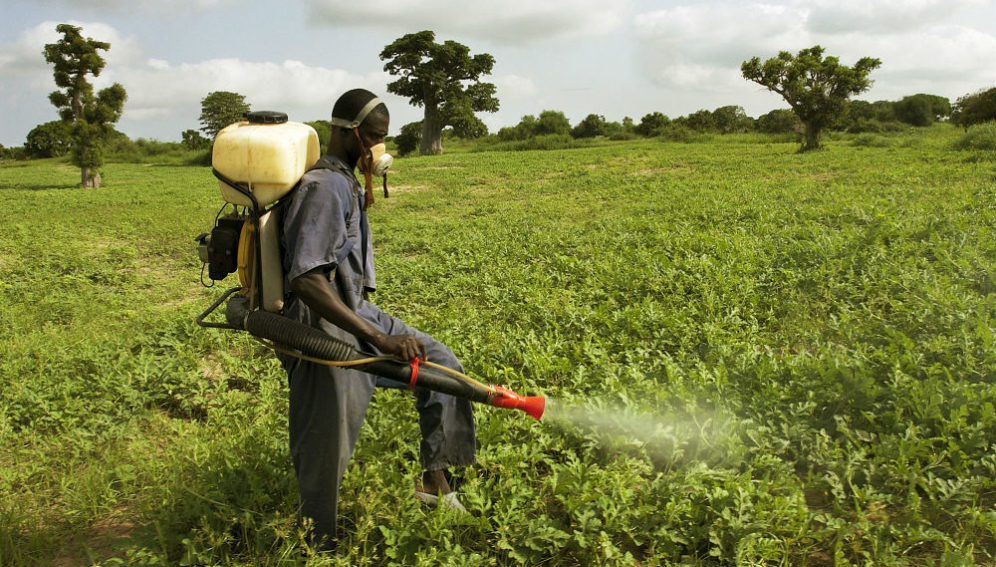| Title: | Exposure to multiple pesticides and neurobehavioral outcomes among smallholder farmers in Uganda |
| Authors: | Samuel Fuhrimann, Andrea Farnham, Philipp Staudacher, Aggrey Atuhaire, Tiziana Manfioletti, Charles B. Niwagaba, Sarah Namirembe, Jonathan Mugweri, Mirko S. Winkler, Lutzen Portengen, Hans Kromhout, Ana M. Mora |
| Keywords: | Pesticides, Glyphosate, Neurobehavioral outcomes, Multi-pollutant model, Farmers, Bayesian model-averaging, Uganda |
| Published: | 2021 |
| Abstract: | Background: Multiple epidemiological studies have shown that exposure to single pesticide active ingredients or chemical groups is associated with adverse neurobehavioral outcomes in farmers. In agriculture, exposure to multiple pesticide active ingredients is the rule, rather than exception. Therefore, occupational studies on neurobehavioral effects of pesticides should account for potential co-exposure confounding. Methods: We conducted a cross-sectional study of 288 Ugandan smallholder farmers between September and December 2017. We collected data on self-reported use of pesticide products during the 12 months prior to survey and estimated yearly exposure-intensity scores for 14 pesticide active ingredients using a semiquantitative exposure algorithm. We administered 11 neurobehavioral tests to assess five neurobehavioral domains. We implemented a Bayesian Model-Averaging (BMA) approach to examine the association between exposure to multiple pesticides and neurobehavioral outcomes, while accounting for multiple testing. We applied two levels of inference to determine (1) which neurobehavioral outcomes were associated with overall pesticide exposure (marginal inclusion probability (MIP) for covariate-only models <0.5) and (2) which specific pesticide active ingredients were associated with these outcomes (MIP for models where active ingredient was included >0.5). Results: Seventy-two percent of farmers reported use of pesticide products that contained at least one of 14 active ingredients, while the applicators used in median three different active ingredients (interquartile range (IQR) 4) in the 12 months prior to the study. The most widely used active ingredients were glyphosate (79%), cypermethrin (60%), and mancozeb (55%). We found that overall pesticide exposure was associated with impaired visual memory (Benton Visual Retention Test (BVRT)), language (semantic verbal fluency test), perceptual-motor function (Finger tapping test), and complex attention problems (Trail making A test and digit symbol test). However, when we looked at the associations for individual active ingredients, we only observed a positive association between glyphosate exposure and impaired visual memory (-0.103 [95% Bayesian Credible Interval (BCI)] [-0.24, 0] units in BVRT scores per interquartile range (IQR) increase in annual exposure to glyphosate, relative to a median [IQR] of 6 [3] units in BVRT across the entire study population). Conclusions: We found that overall pesticide exposure was associated with several neurobehavioral outcome variables. However, when we examined individual pesticide active ingredients, we observed predominantly null associations, except for a positive association between glyphosate exposure and impaired visual memory. |
| Published in: | Elselvier |

